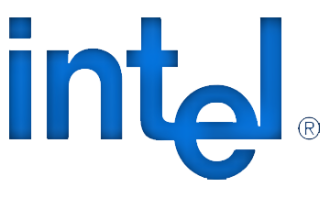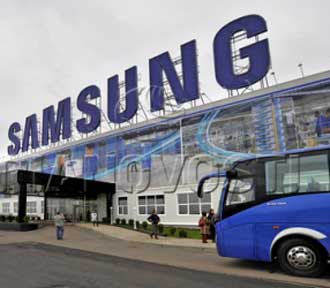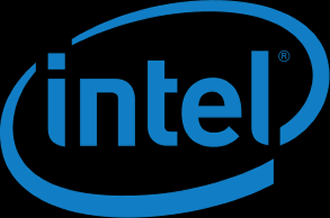 Intel has announced details of its new family of Atom processors, and, as we predicted it has changed its naming strategy to mirror the Core series of processors.
Intel has announced details of its new family of Atom processors, and, as we predicted it has changed its naming strategy to mirror the Core series of processors.
Intel is renaming its Atom family with x3, x5, and x7 designations.
At the low end, the 28nm Atom x3, is basically a smartphone chip with Intel Architecture (SoFIA). The Atom x3 will be available in three distinct variants; all of which will come with integrated modems. All three are 64-bit capable.
The Atom x3-C3130 tops out at 1GHz, incorporates a Mali 400 MP2 GPU, and includes an integrated 3G (HSPA+) modem. The Atom x3-C3230RK has a clock speed of 1.2GHz and has a Mali 450 MP4 GPU, and a 3G modem. The Atom x3-C3440 clocks in at 1.4GHz, features a Mali T720 MP2 graphics core, incorporates a Category 6 LTE modem, and can optionally support NFC.
After looking at its own benchmarks, Intel said that the Atom x3-C3230RK can offer up to 1.8x the media editing performance of competing SoCs from Qualcomm and MediaTek.
The Atom x5 and x7 are Cherry Trail-based and the first Atom SoCs to be built using a 14nm manufacturing process. Both processor families support 64-bit processing, incorporate eighth generation Intel graphics, and support Windows and Android. They also support RealSense, True Key, and Pro WiDi. They don’t feature integrated modems but support Intel’s next generation XMM 726x and 7360 LTE modems.
Intel insists that the x7 offers two times the graphics performance of the existing Atom Z3795 in the GFXBench 2.7 T-Rex HD benchmark and 50 percent greater performance on the 3DMark Ice Storm Unlimited benchmark.
Intel has already announced that the Atom x3 and Bay Trail-based Atom x5 and x7 processors are shipping, and that products using the processors should be available during the first half of 2015.
 Chip megagiant Intel has revised its forecast for the first quarter of this year by close to one billion dollars.
Chip megagiant Intel has revised its forecast for the first quarter of this year by close to one billion dollars.









